School of Geographical Sciences and Urban Planning welcomes four new faculty
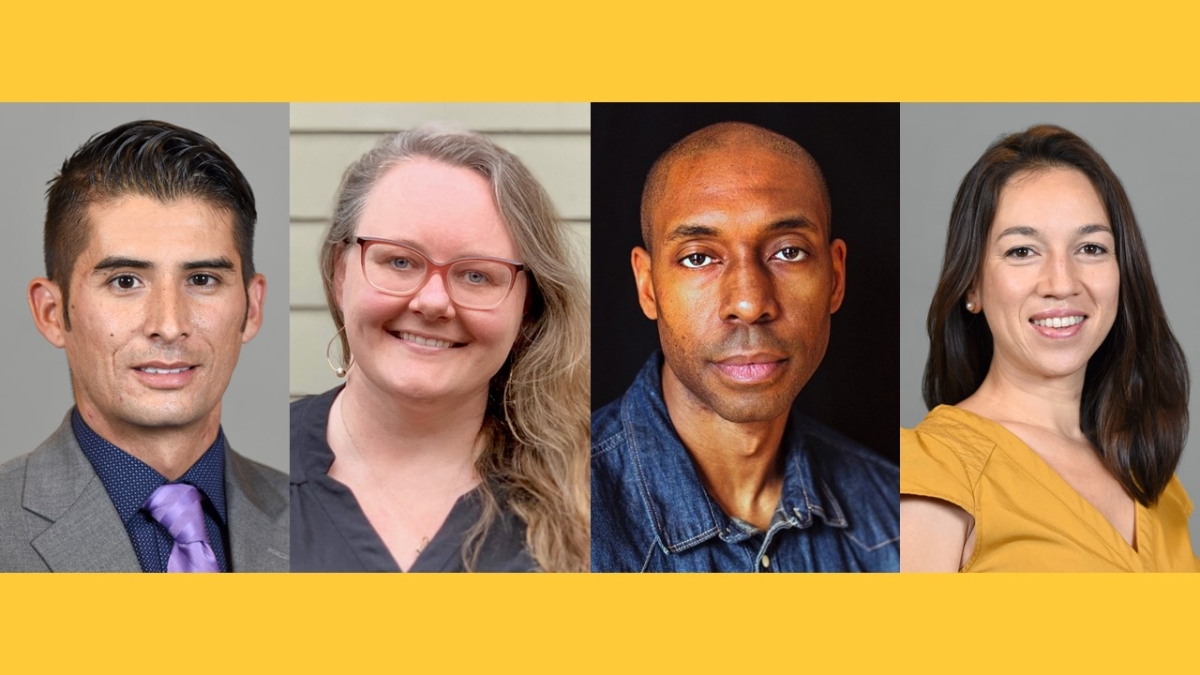
The School of Geographical Sciences and Urban Planning new faculty (left to right) Jose Benito Rosales Chavez, Mary Donovan, Rashad Shabazz, Huê-Tâm Jamme.
The School of Geographical Sciences and Urban Planning at Arizona State University has announced the appointment of four new faculty members whose diverse backgrounds and deep research expertise enhance the school’s strengths and bring to the department fresh ideas and unbounded energy.
“Our new faculty this year both complement our current strengths and bring in new perspectives,” said Elizabeth Wentz, interim director in the School of Geographical Sciences and Urban Planning, and vice provost and dean of the Graduate College. “We are seeing growth in earth observing, social justice, and global engagement. These are all important for our research agenda and our curricula.”
The four new faculty build on the school’s strong foundation of tackling significant environmental and societal issues through cultural geography, human-environmental science, spatial analysis and statistical modeling.
“These exciting new hires are very important for the School of Geographical Sciences and Urban Planning, as well as ASU,” said Kelli Larson, deputy director and professor in the school. “Ultimately, our future largely depends on such talented scholars with a breadth of expertise and experiences.”
Read about the school’s new faculty and their exciting research projects below.
Examining Latino food access and community development
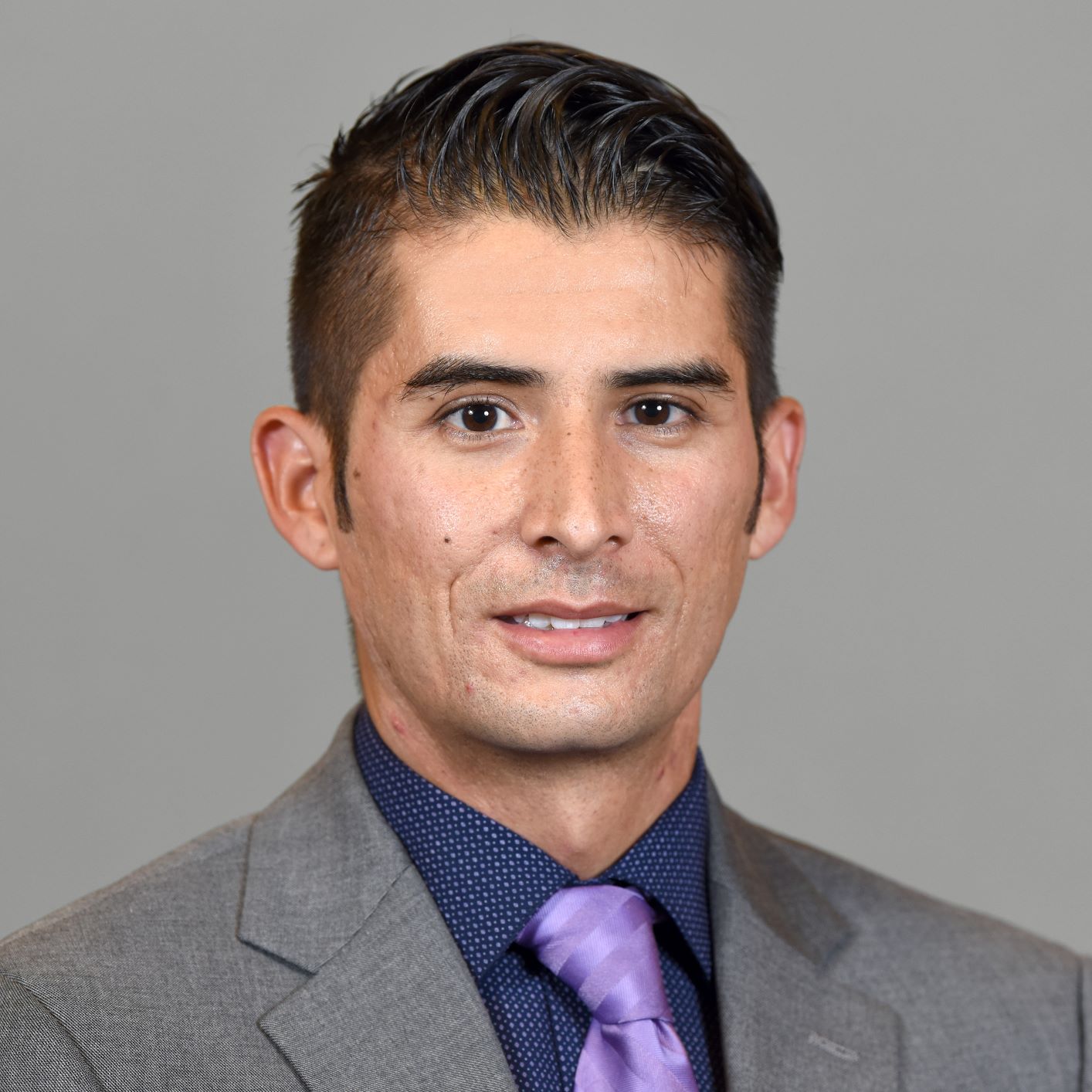
Jose Benito Rosales Chavez
Ensuring communities have access to healthy food is a deeply personal endeavor for Jose Benito Rosales Chavez.

Growing up poor in a small urban city in Mexico, Rosales Chavez and his family lived close to grocery stores, farmers markets and street food stands, but couldn't afford the food that surrounded them.
At 14, Rosales Chavez immigrated to the United States, moving to a low-income neighborhood in Las Vegas. With the assistance of government programs, his family now had the means to purchase food, but the community in which they lived did not have a supermarket or access to healthy food options.
“It changed, before we had all this food access but we didn’t have the money to buy anything, then we had some money but we didn’t have anywhere to buy it,” Rosales Chavez recalled. “We used to walk 3 miles each way to go to the closest grocery store.”
Rosales Chavez, instructor in the School of Geographical Sciences and Urban Planning, has dedicated his research to finding ways to build sustainable communities that can rely on themselves to have access to healthy food.
His current research project examines how alternative venues for purchasing food, like street food stands, can provide access to healthy and culturally relevant food options in areas where no supermarkets or grocery stores exist.
“Food doesn’t have to come from a supermarket. In countries where you find street food stands, they are not only a source of food but a source of income for the people who might not have access to other formal employment otherwise,” Rosales Chavez said. “My research explores how we can do this in a way that provides healthy food options, can help the community grow, and be sustainable.”
Rosales Chavez will be teaching an online undergraduate Sustainable Cities course in the spring 2021 semester, and is currently developing a graduate level course on urban food systems for spring 2022.
In addition to learning from and collaborating with faculty across ASU, Rosales Chavez is looking forward to working with and mentoring underrepresented communities and people of color in academia.
“I wouldn’t be here if it wasn't for all the formal and informal mentors that I had throughout all my schooling — from high school, undergraduate and graduate school — they saw my potential and that helped me,” Rosales Chavez said. “I want to try and recruit more minorities and Latinx communities and teach them what you can do with research. You don’t necessarily have to be a geographer or a planner but you can do something that involves a topic that you love.
“You don’t have to do it for your PhD, but you can do something for your community.”
Understanding people’s experience of changing urbanisms
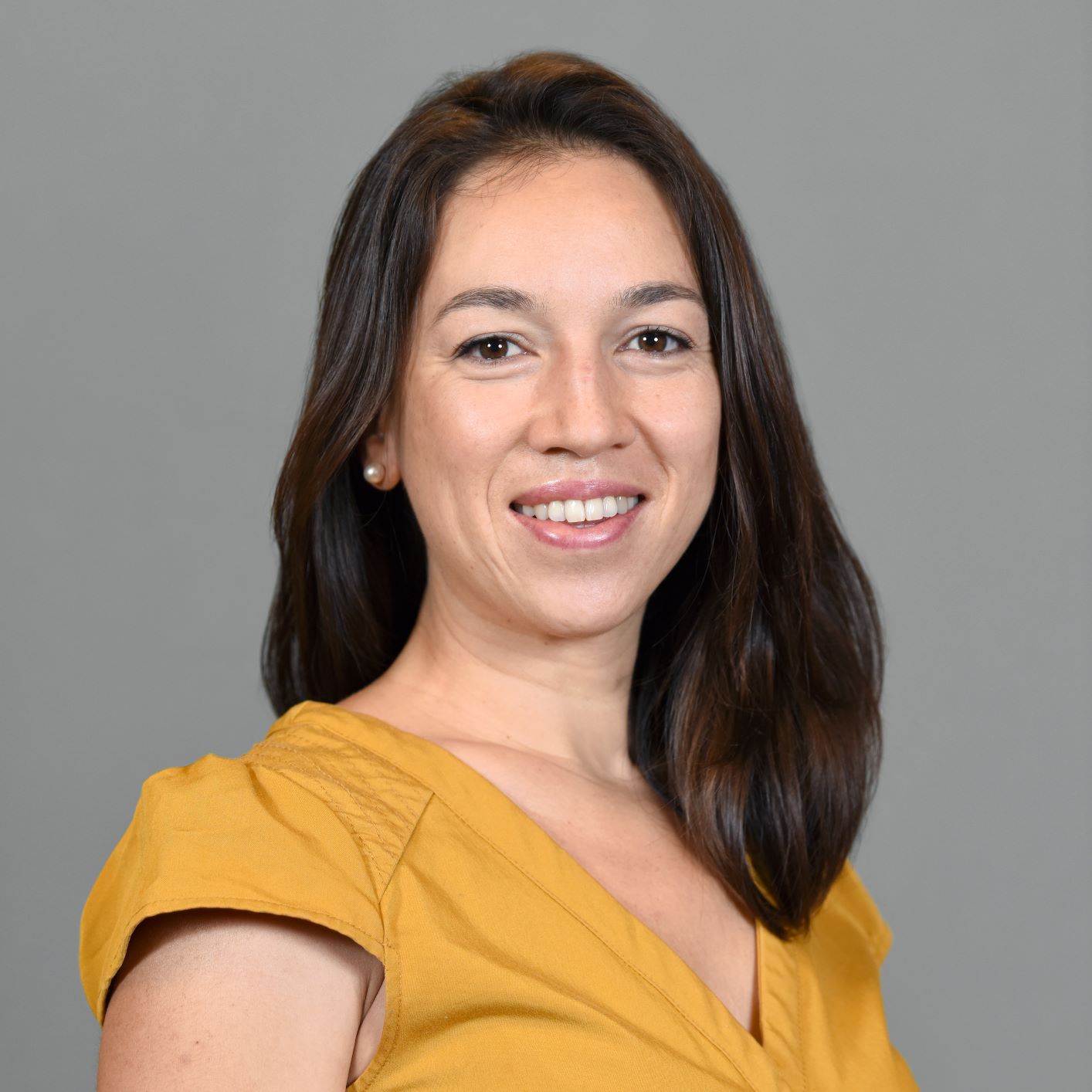
Hue-Tam Jamme
For five years before she decided to pursue academia, Huê-Tâm Jamme worked as an urban development practitioner in Hanoi, Vietnam.
There she was involved in large-scale transportation projects that had the potential to transform people’s lives and the cities they lived in, yet she realized there was a misbalance between the needs of the community and the goals of the planners.
“There was a disconnect between what we were doing, the modern transportation systems we were planning, and how people were making things work without them — there was no dialogue, no conversation, no integration of their tactics and existing ways of life,” Jamme said.
In an effort to promote urban equity, Jamme adopts an approach in her research that always is centered on understanding how people already live in cities. In interviews, she pays attention to how people with diverse means, needs and preferences make it work as a community.
Jamme, assistant professor in the School of Geographical Sciences and Urban Planning, focuses on changing urbanisms — how changes in the built environment relate to transformations of social relations — in contexts of socio-technological shifts.
Her recent research looked at the shift in Ho Chi Minh City from the wide use of motorbikes to car and transit mobility.
“As transportation systems expand, the way people move around is changing very fast in relation to everything else they do,” Jamme said. “The way they shop, the way they socialize, the way they interact with each other.”
Her research found that street vendors were especially vulnerable as a result. Their livelihood very much depended on the daily commerce with motorbike riders.
Jamme is currently leading a three-year research project centered on the gig economy and women’s upward mobility in Cambodia, Myanmar, and Thailand. She also is planning projects exploring the changing urbanism of Culdesac Tempe — the first car-free neighborhood in the U.S. currently being developed just miles away from ASU’s Tempe campus.
Jamme is teaching two urban planning graduate classes this fall semester and looks forward to collaborating with faculty across the university.
“Our school is especially attractive because it’s really unique in its conviviality and diversity,” Jamme said. “I'm very much looking forward to collaborating with my colleagues who work with different methods, and in other contexts than me. I think it could lead to really great comparative research.”
Using a geographical lens to understand Black culture, gender and sexuality
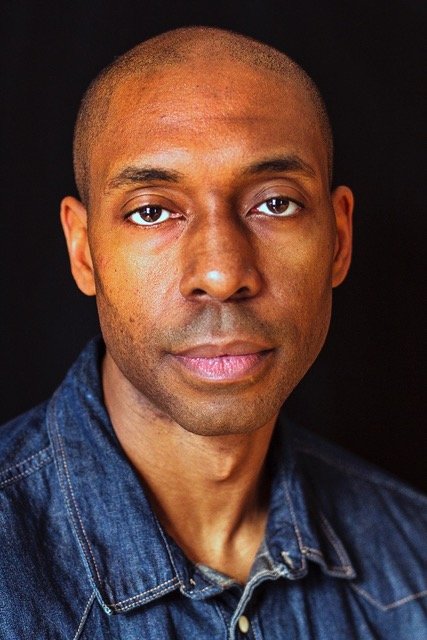
Rashad Shabazz
Rashad Shabazz was first introduced to geographic literature through learning about how prisoners thought about space.
Enrolled in the University of California, Santa Cruz’s History of Consciousness PhD program in 2002, Shabazz adopted a theoretical approach to the question: What is the relationship between Black people and the place they live?
At the time, the only academic literature relevant and readily available to him was about those who were incarcerated. Shabazz devoured texts that explored how the social and spatial environment of prisons mirrored the past lived experiences of the prisoners themselves.
“Prisoners had this insight on how Black people lived their everyday lives and on the dominant structures that were geographically and environmentally shaping it,” Shabazz said. “The presence of police mechanisms to contain and isolate people in certain locations, the barriers that kept people fixed, (the prisoners) had their lived experience and understood that what they were seeing in prison was a lot like what they saw in their neighborhoods when they were kids.”
“That really set the tone for me. I realized that no matter what we do as humans, it's always spatial.”
Shabazz, associate professor in the School of Geographical Sciences and Urban Planning and the School of Social Transformation, examines the relationship between people and the place they live, and how people and places shape one another. He uses a geographical lens to better understand culture, identity and community.
Shabazz’s current research focuses on the interplay between geography and music. He is conducting a historical and cultural geography analysis of Minneapolis from the mid-19th century until the late 1980s to understand how geographic and social influences contributed to the birth of the city's music scene.
“This research is an attempt to be able to speak about the city's musical landscape in a thoughtful way and to understand what that meant for a young Prince Rogers Nelson who was born and raised in Minneapolis,” said Shabazz, who has been a faculty member of ASU’s School of Social Transformation since 2017. “We can try to better understand how his genius was tied to that place and how that place and his genius gave rise to the sound we know as the Minneapolis sound.”
In the spring 2021 semester, Shabazz will be teaching a new course for the School of Geographical Sciences and Urban Planning called, “Race Geographies in the United States.”
The class will explore the relationship between race and geography, its impacts on city organization and cultural production, and how race and geography work together to create urban, suburban and rural landscapes.
“I want to strengthen human geography and I want to make race, gender, sexuality and cultural production part of our curriculum, and to build it, not only to attract undergraduate students, but ultimately graduate students and also more faculty,” Shabazz said. “I really want it to feed into urban planning and all elements of our school because race matters in terms of urban planning.
“As a geographer, I want to bring that perspective into the school.”
Untangling ecosystem data for conservation decision-making
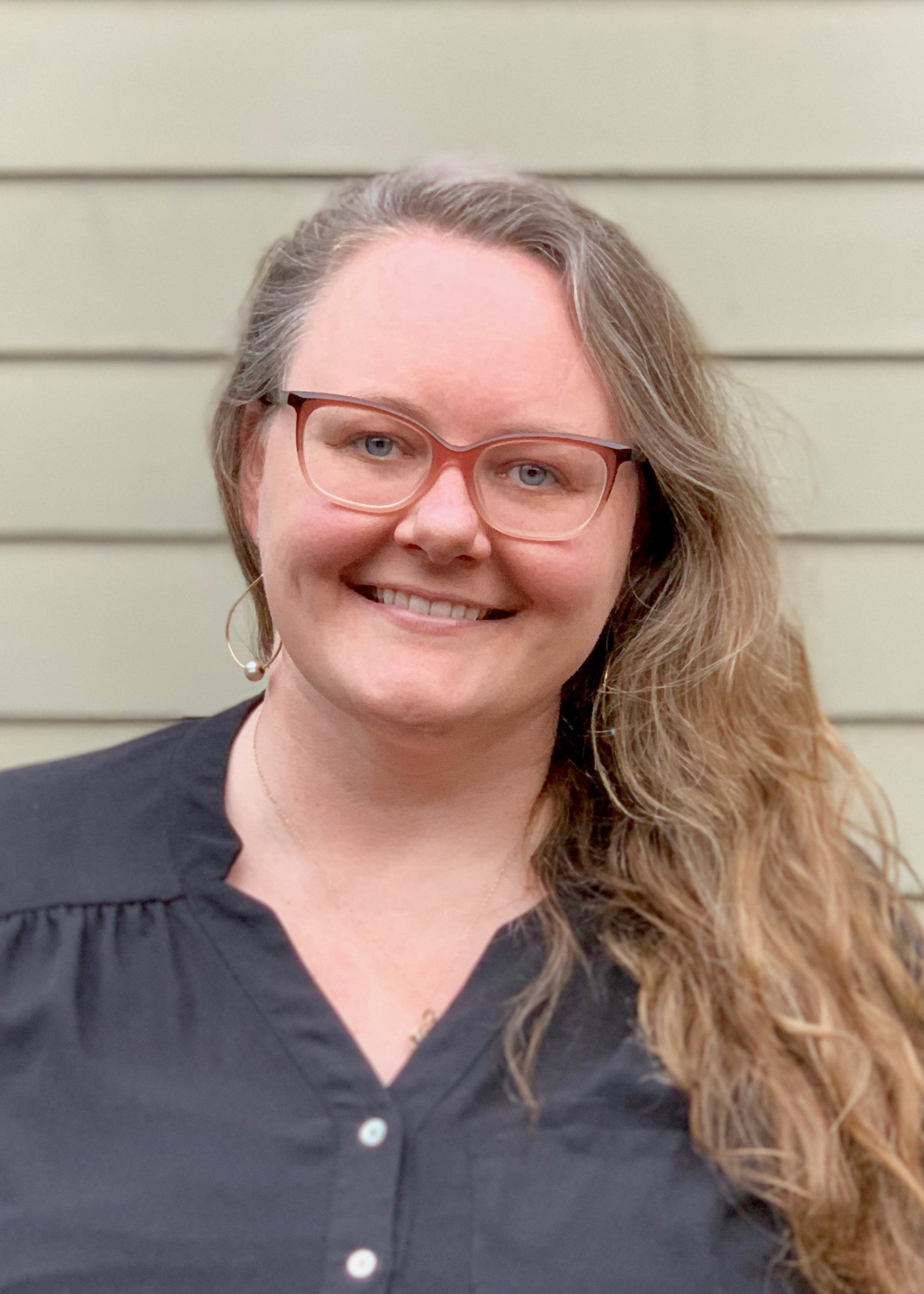
Mary Donovan
Mary Donovan has always had a unique fascination with the ocean. Every summer as a child she made the 1,000-mile trek from Denver to San Diego to dip her toes in the Pacific and swim amongst sea life.
For Donovan, assistant professor in the School of Geographical Sciences and Urban Planning and ASU’s Center for Global Discovery and Conservation Science, starting January 2021, it’s now become her life’s work to unravel ocean and ecosystem complexities through data science and statistical modeling.
As a spatial ecologist and statistician, her research focuses on teasing patterns out of large data sources to inform complex multiscale conservation efforts.
“Ecosystems are suffering from multiple threats — not only do we have pollution at a local scale but we also have climate change effects that originate from global sources — leaving scientists and policy decision-makers with a conflict on how to make good decisions given both of those scales of threats,” Donovan said. “My work focuses on reconciling those decisions and then also how to monitor and measure changes in ecosystems.
“It comes down to this question of, ‘How can we capture the complexity of the ecosystem in a way that's useful for making decisions?’”
Donovan’s research involves merging new and existing data from multiple sources, compiling them into new large data sets, then applying innovative data science and advanced statistical modeling — that she’s developed — to wrangle the data in new ways that haven’t been accessible or usable before.
Critical to her research, Donovan works hand-in-hand with conservation decision-makers at multiple scales, both locally and globally, throughout her entire process to bridge the gap between the science and stakeholders’ needs.
“We're working with the decision-makers at every moment. Every decision point. We talk to them on a weekly basis about what we're doing, so we're co-developing the work,” Donovan said. “By working together the whole time we all have a seat at the table, there are no surprises and there’s buy-in.”
As new faculty, Donovan says she looks forward to learning from the wide range of expertise across the university and sharing her own passion for ecology and data science tools with students and faculty.
“I hope to build a research program that's productive and collaborative and a place that's welcoming for the next generation,” Donovan said. “I want to help build and grow a community of people who can go out there and make a difference, while at the same time contribute to increasing diversity, equity, and inclusion in the sciences.”
Amongst other courses, she will be teaching statistics in the spring 2021 semester.
“I’m excited to put data science tools into people's hands and let them see all the possibilities and the world open up.”
Donovan is currently recruiting graduate students and postdocs for her new lab. Learn more.
More Health and medicine
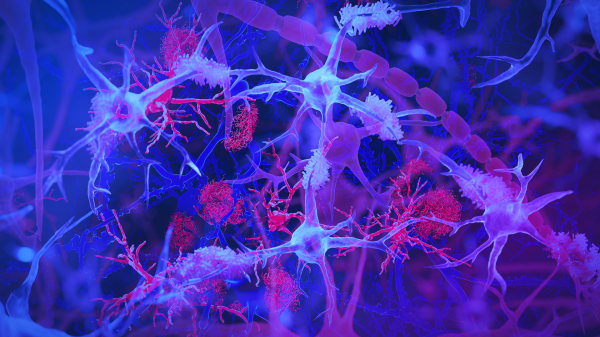
The surprising role of gut infection in Alzheimer’s disease
Arizona State University and Banner Alzheimer’s Institute researchers, along with their collaborators, have discovered a…

ASU, University of Wisconsin partner to empower Black people to quit smoking
Arizona State University faculty at the College of Health Solutions are teaming up with the University of Wisconsin to…

New book highlights physician wellness, burnout solutions
Health care professionals dedicate their lives to helping others, but the personal toll of their work often remains hidden.A new…